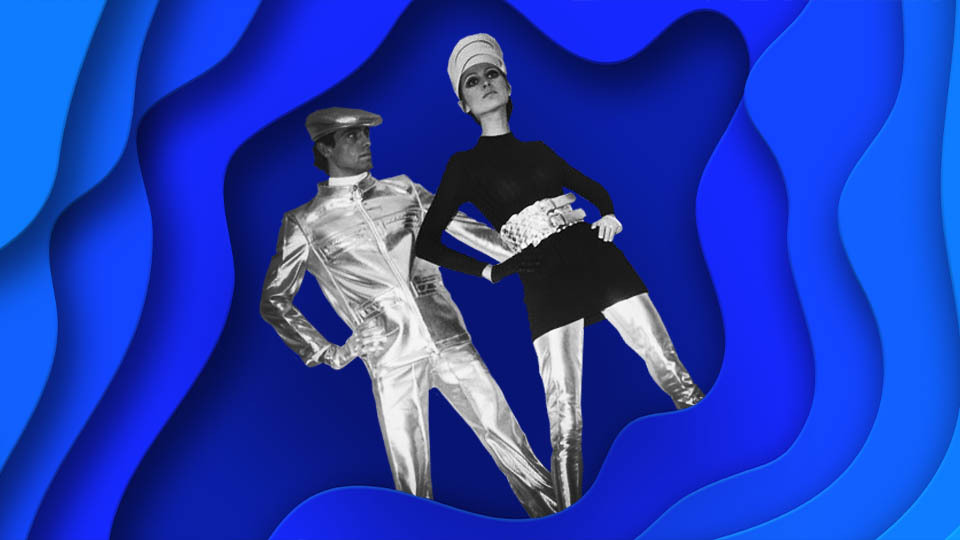
- Spending money on fashion garments is becoming a bigger trend as more users understand the value of digital ownership.
- Fashion brands entered the gaming space to promote their products because of an already established audience.
- The new stage of the internet needs to mirror the real world to pique user retention.
No single entity has yet defined the metaverse. Mark Zuckerberg referred to the metaverse as the embodiment of the internet, “where instead of just viewing content – you are in it.” His remarks and NFTs’ mainstream expansion piqued the interest of industries previously dormant on digital experiences.
Fashion NFTs Finding Their Way
There’s no doubt fashion has transformed into a hype factor. Owning a unique piece of clothing expresses status, and it is a source of self-esteem for many people. Research by Jos Benders and Kees Van Veen showcases that fashion is our way of relating to a person’s discourse.
The metaverse is the way society converges into the digital world. Assets, including fashion items, need to be factored into our digital experiences to make the transition as seamless as possible. Thus, our behaviors will transcend into the digital space. As Gala Marija Vrbanic argues to Highsnobiety, “We’ve evolved into the metaverse and will continue to evolve into the metaverse,” indicating that we are becoming more accustomed to the virtual world as new generations become dominant.
Getting Accustomed to the Field
Vogue Business’s senior innovation editor told Highsnobiety that the fashion industry is rushing to create digital NFTs. Still, the usual progression is carefully calculated as the industry usually is “three clicks back.” Yet brands such as Vans or Ralph Lauren, among others, have entered the market on existing metaverses such as Roblox or Zepeto, which host a consistent user base.
Sponsored
New decentralized universes such as Decentraland allure brands, yet the lack of blockchain understanding impedes further investments. Yet, as Twitter user LUKSONIAN emphasized:
"The next big wave in crypto will be fashion NFTs; imagine what happens when the biggest names in fashion start making their phygital NFTs."
NFTs in their multiple iterations are currently a testing ground for fashion brands. As previously mentioned, the metaverse is not yet defined, which makes the brands’ decision-making process harder, although, according to a Glossy article, demand for new NFT fashion marketplaces is surging.
Sponsored
Decentraland and other decentralized metaverses generate money-making opportunities. They financially motivate designers to contribute to the overall look and feel of the platform by dressing up the avatars.
A Reuters report shows how up and coming designers can build a steady revenue stream after Decentraland announced it would allow users to “make and sell their own clothing for avatars.” Ultimately, Decentraland’s take is one way to combine physical products with the virtual environment.
Thus, this serves as the first meaningful integration of NFTs into the metaverse. Moreover, metaverse apparel for one’s avatar makes the association more personal as it continues to mimic and even enhance real life, an objective the metaverse is bound to achieve.
“You’re a Metaverse Show-Off”
NFTs are becoming embedded into the fashion industry. Brands like Gucci or Louis Vuitton are releasing NFTs as collectibles. Moreover, new brands such as RTFKT appeared to create an “NFT-first and physical-goods-second” brand. Yet all of these NFTs can be showcased as collectibles that are not entirely lucrative in the metaverse.
Sophie Hackford, a futurist and virtual reality speaker, said the metaverse is “re-imagining how we do business and how we think about things,” indicating a new market funneled by NFTs is emerging. In a Dazed report, Natalia Modenova, COO of DRESSX, emphasized that digital fashion creates a new business model, reshaping how buyers will experience fashion in the future.
Dressing yourself or dressing your avatar will have comparable cultural and social connections, as our digital identity will be a reflection of our digital self and vice versa.
On The Flipside
- Unwritten NFT rules are similar to fashion as only some will succeed while others will fade into obscurity.
- Vogue created a scannable NFT cover, signaling the fashion world is starting to integrate NFTs as a standard.
Why You Should Care?
Understanding that society is converging towards a digital medium helps society and investors know the reasoning behind NFT surges. Our digital persona already preoccupies us. The expansion into the metaverse will only enhance the need to project a similar if not more materialistic version of ourselves.
